Tennessee Academic Standards for Science: Design and conduct investigations depicting the relationship between magnetism and electricity in electromagnets, generators, and electrical motors, emphasizing the factors that increase or diminish the electric current and the magnetic field strength.
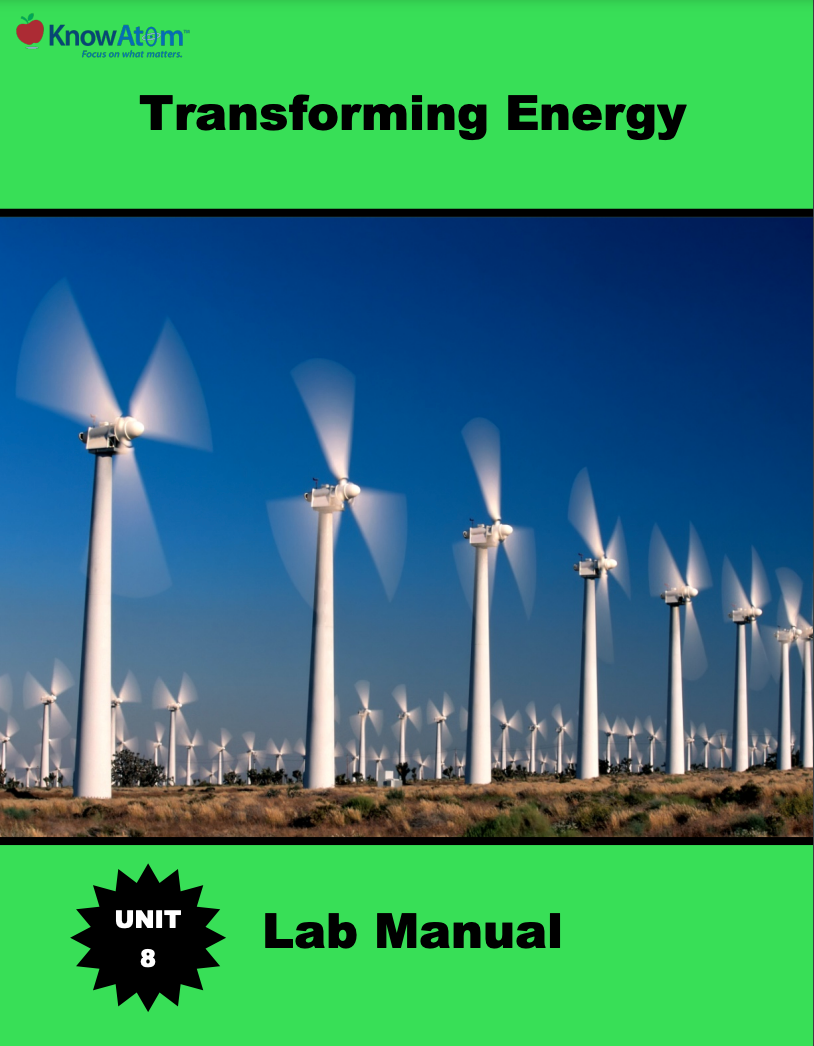
In this unit, students connect their explorations of Earth and life sciences with physical sciences with an exploration into the science phenomena of magnetism and electricity. They investigate magnetic fields and electromagnets in this lesson. This page showcases key parts of this lesson.
.png)
In this unit, students explore the relationship between the phenomena of forces and motion and how energy is converted from one form to another in an energy system. In this lesson, students design a vehicle that can travel over a surface on a cushion of air. This page highlights key parts of this lesson.
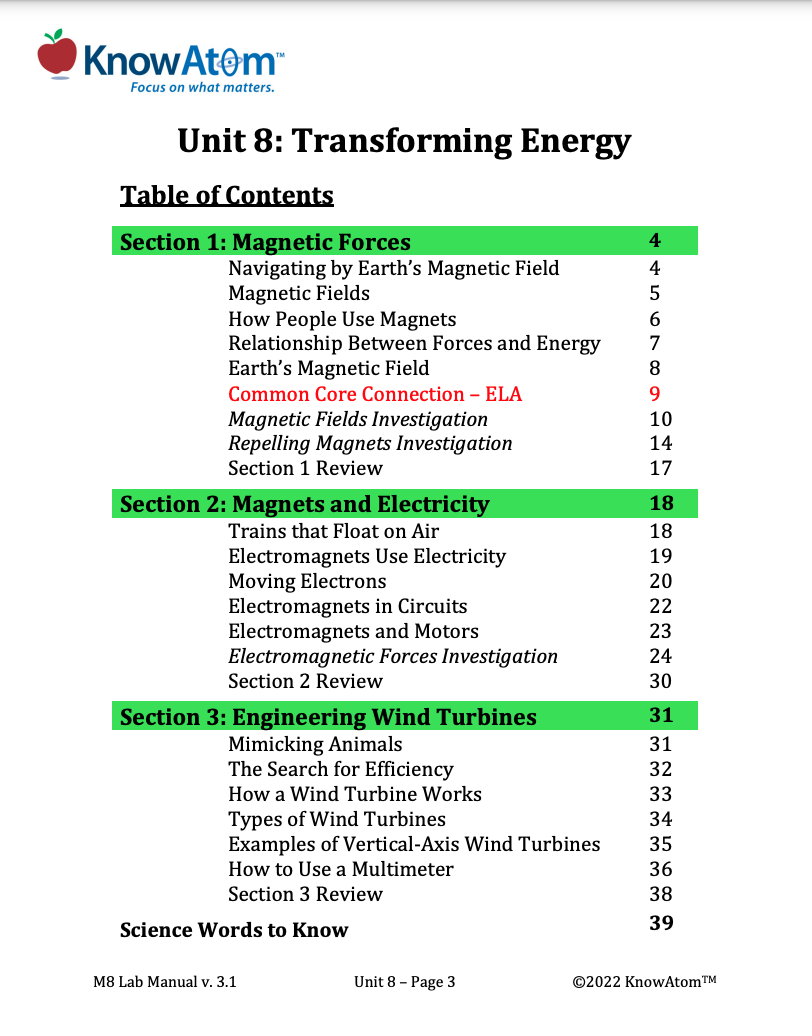
In this unit, students connect their explorations of Earth and life sciences with physical sciences with an exploration into the relationship between magnetism and electricity. In this lesson, they explore the interactions between magnets and electricity. This page is a high-level extract of this lesson.
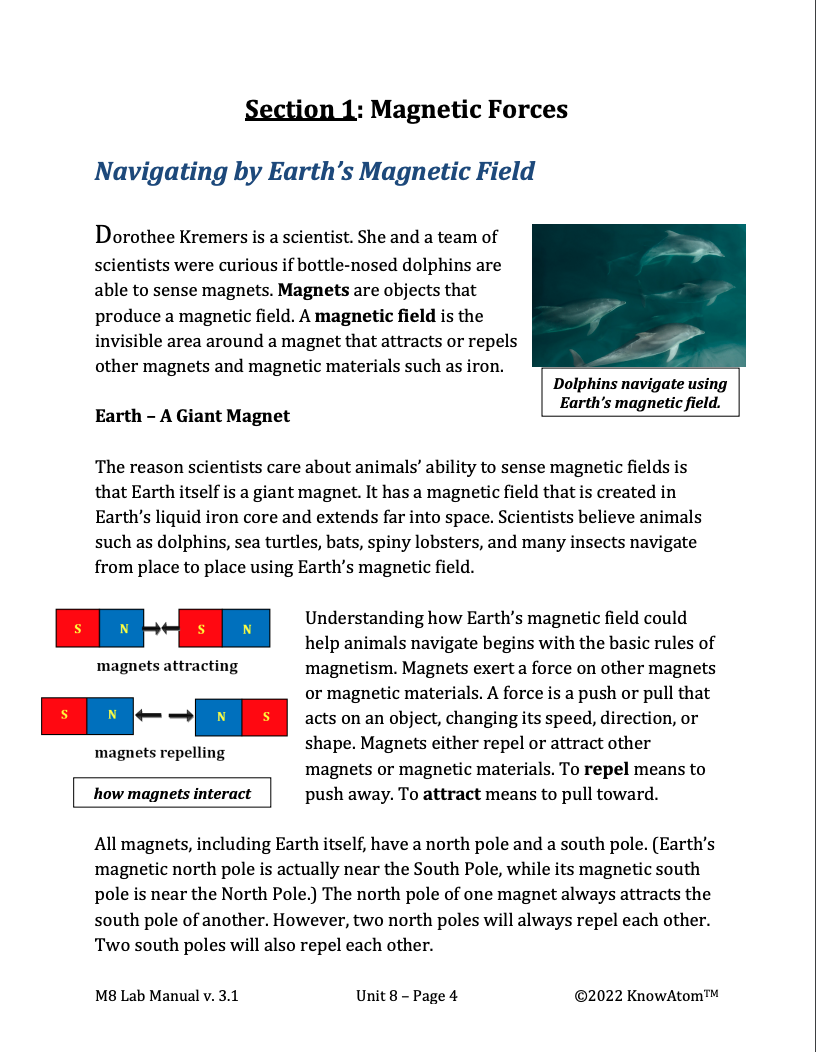
In this unit, students are introduced to the phenomena of magnetic and electric fields as they explore how objects can interact with other objects without coming into contact with them. For this lesson, students apply scientific concepts to engineer wind turbines that use a generator to produce electricity. This page provides an overview of this lesson.
.png)
In this unit, students focus on the properties of different kinds of waves and the relationship between waves and energy. In this lesson, students design a simple seismograph using what they know about the properties of seismic waves produced by earthquakes. This page is a high-level extract of this lesson.
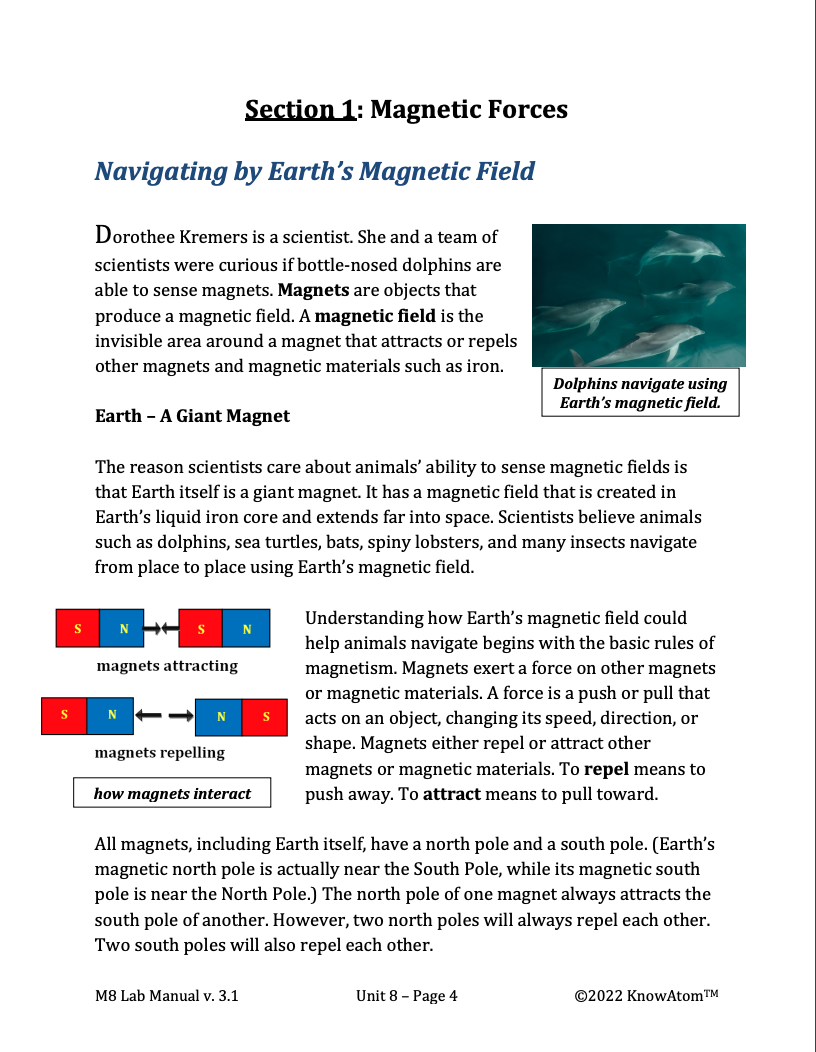
In this unit, students explore the properties of different kinds of waves and the relationship between waves and energy. In this lesson, students investigate how waves can be used to communicate and transmit information. This page highlights key components of this lesson.
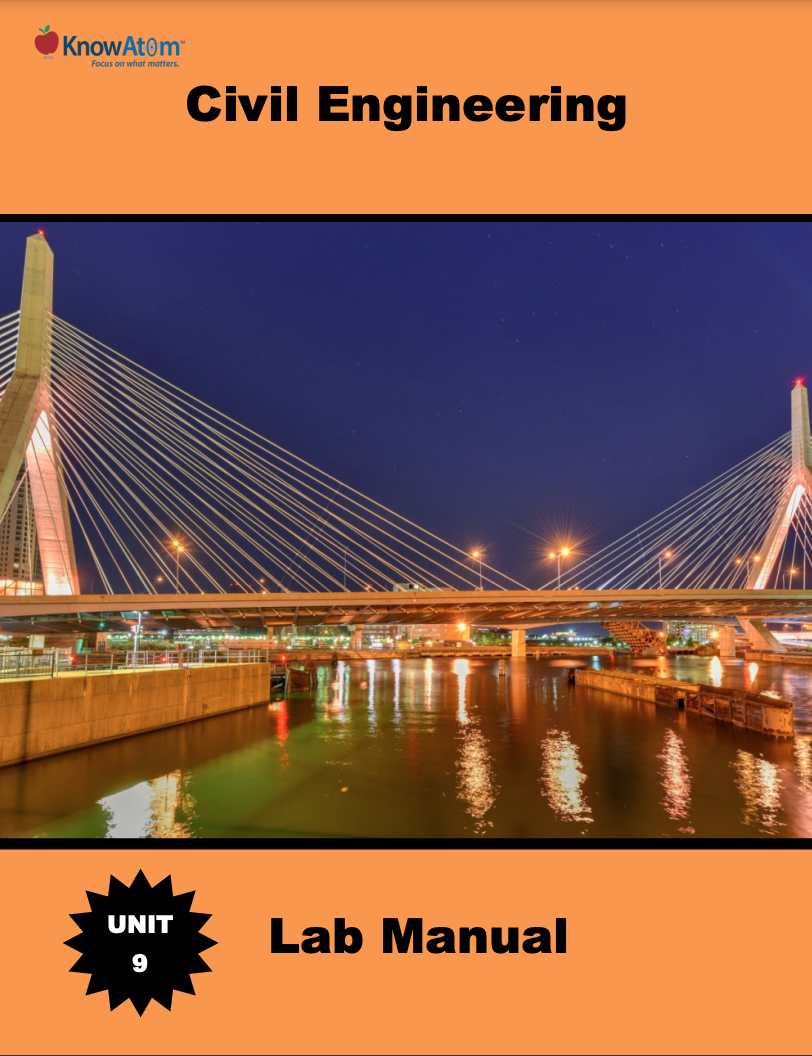
In this unit, students explore forest ecosystems, studying the science phenomena of interactions between living things and the environment. In this lesson, students build on their understanding of how energy affects the growth of organisms by exploring the phenomena of forest food webs, and analyzing how the phenomena of drought can have a ripple effect through the ecosystem. This page showcases all components of this lesson.
Standards citation: NGSS Lead States. 2013. Next Generation Science Standards: For States, By States. Washington, DC: The National Academies Press. Neither WestEd nor the lead states and partners that developed the Next Generation Science Standards were involved in the production of this product, and do not endorse it.
